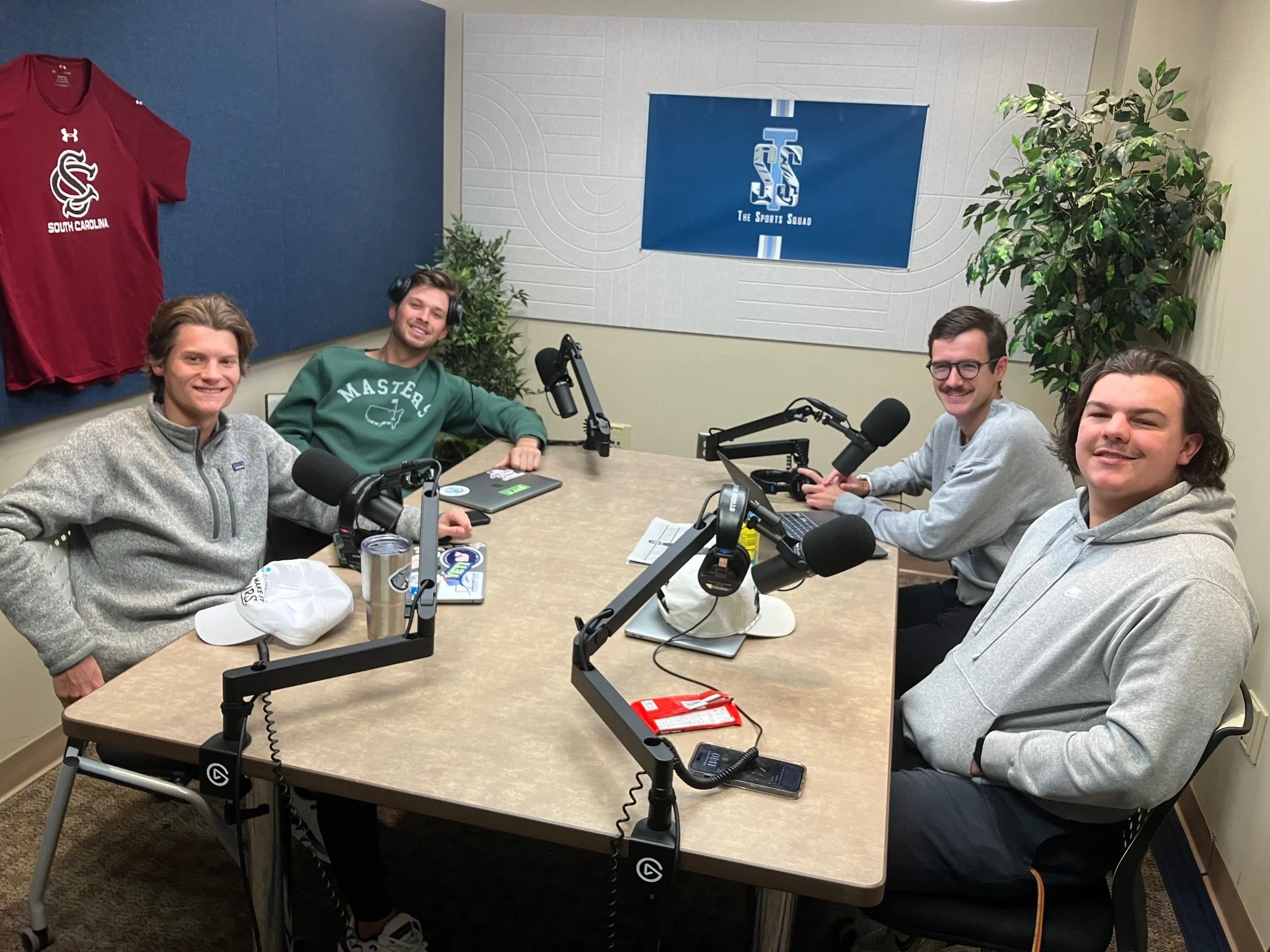Augusta University's response to Helene
By Makenzy Veldboom | Editor in Chief
In late September, Hurricane Helene hit the CSRA and caused significant damage to Augusta University (AU), leaving an estimated $6 million in destruction with thousands of trees gone and causing widespread destruction across the area. Despite the challenges faced, AU was able to support students and faculty and contribute to the broader community during and after the storm.
Prior to the storm, President Keen noted that AU’s emergency preparedness center had been monitoring the storm early and issued initial communications on the Thursday before the hurricane, announcing closures at 3 p.m. Shortly after, the school was closed and online classes were to be held that Friday. The university used multiple platforms to keep students, faculty, and staff informed, including Jag Alerts, emails, text messages, phone calls, recorded messages, the website and social media.
“We tried every way we possibly could to communicate with our students and we had some students who were still here who we wanted to communicate very directly with them,” Keen said.
Greenblatt Library and Atrium Dining opened shortly after the storm, providing power and space for the AU community to recharge devices.
However, many students remained on campus during the storm, requiring support from AU’s staff and leadership. There were efforts of food service employees who worked extended shifts to ensure meals were available. University leadership, including Keen and his wife, joined efforts to serve meals and assist students.
Partners from different schools throughout University System of Georgia (USG), including Georgia College and State University (GCSU), the University of Georgia (UGA), Georgia Institute of Technology (Georgia Tech) and Kennesaw State University (KSU), were able to step up and help by sending food and staff to support. Gordon State College was also able to house around 60 AU students who were displaced.
Regent Jim Syfan was also able to donate food and supplies, along with Golden Harvest Food Bank and the CSRA Community Foundation, which helped provide for the Paws Pantry, which was a grab-and-go pantry for the AU students, faculty and staff. AU partnered with the Salvation Army to provide an on-campus laundry service. Additionally, community crews and volunteers, some of whom suffered significant personal losses, stepped in to help.
“Everybody really pulled together trying to make sure that people had enough to eat and water to drink,” Keen said. “It was a big effort all the way around, and we all came together.”
The storm also disrupted AU’s academic schedule, requiring changes to ensure students remained on track. Faculty and administration initially proposed canceling fall break to make up instructional days but quickly reversed the decision.
“When we were initially going through it, having our Academic Affairs and Student Affairs folks really looking at the calendar, there was an adjustment that was announced about fall break early on and then we pulled that back very quickly, just knowing that everybody needed a break, and still not even necessarily break as much as it is we've got to get our lives back together and just acknowledging that that wasn’t the right course of action here,” said Keen.
Keen added, “But then on the flip side of it, knowing that we've got to make up that instruction for accreditation requirements. Adjustments were made to syllabi at the faculty level, at the chair and the Dean level at each of the colleges, and everyone doing what we needed to do to demonstrate that we have grace and compassion for what's going on in everyone's lives, including our faculty and our staff, but most certainly our students. Also doing whatever we could to help support them, to stay on track for their academics.”
Keen noted that many of the adjustments to syllabi were made very quickly and this showcased the students’ critical thinking skills in addition to the AU community as a whole being able to navigate through this challenge.
“I found that our faculty is really student-centered. There were some that we were checking on that had significant damage and some loss to their homes,” Keen said. “But they were most concerned about the specific students in their classrooms, about food security and if their students were okay. It really speaks to the culture and the value that we put on each other.”
AU also called each student individually to check on their safety and provide assistance.
Looking at campus since the hurricane, Summerville and the Forest Hills campuses suffered extensive damage. Summerville lost 160 trees, including the state’s largest deodar cedar. The Forest Hills Campus lost over 2,000 trees. In all campuses, 28 roofs were damages among iron gates being crushes and water damage affecting some facilities. Trees were also covering the roads leading to campus.
“That was another part of getting our campus back up and going—making the roads and facilities where they are safe for students,” Keen said.
President Keen also emphasized the importance of learning from the experience to enhance preparedness for future emergencies.
“I've heard people say this is a this is a once in a lifetime storm, but that doesn't mean that we shouldn't learn from it and prepare for ‘what if’ next time—what can we lean from it,” Keen said.
He adds, ”Did we did we do that the very best we could and what are ways we could do better… there's always without fail an opportunity to do something better and that's our goal is just to be able to provide an experience for our students like none other.”
Contact Makenzy Veldboom at kveldboom@augusta.edu



